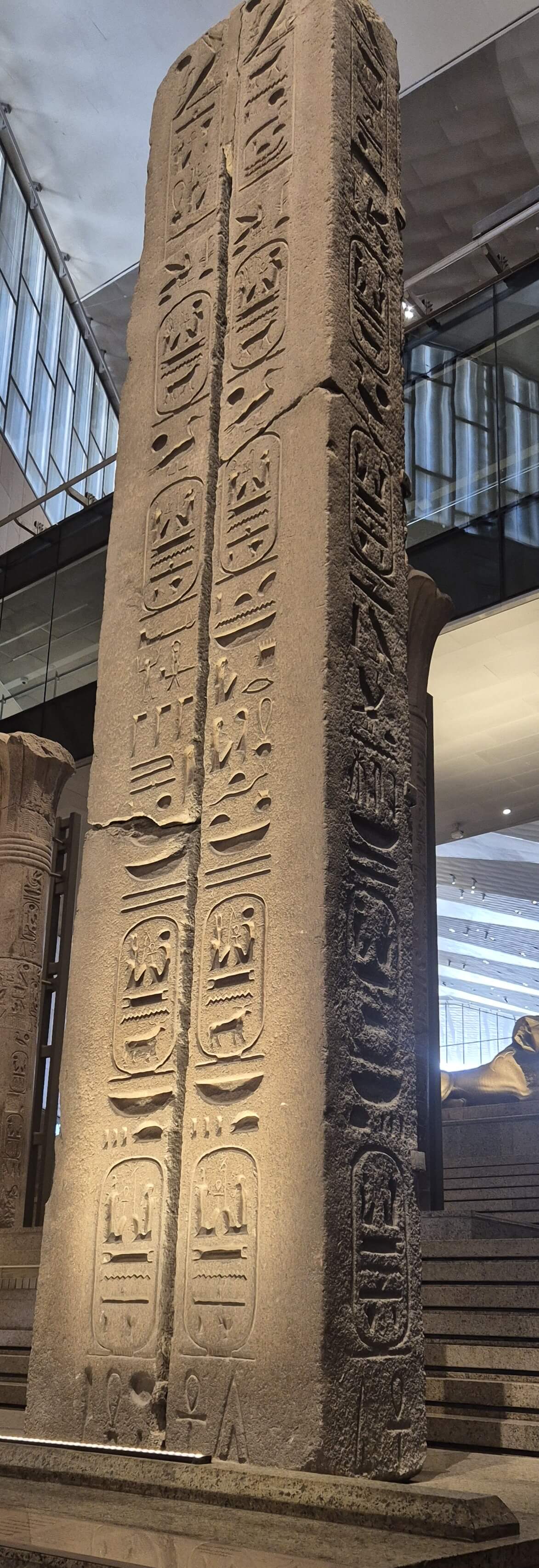
GEM 20088
Obelisk of King Merenptah
This fragmentary monument is the Obelisk of King Merenptah, son and successor of the famed Ramesses II, who ruled during the 19th Dynasty in the New Kingdom, around 1213–1203 BCE. Obelisks were monumental stone pillars, often erected at temple entrances as sacred beacons symbolizing the rays of the sun and the enduring presence of the king’s power.
Merenptah followed his father's legacy not only in royal ritual but also in military affairs. His reign is noted for major military campaigns against invading Libyan tribes and the mysterious Sea Peoples, who posed significant threats to Egypt’s western and northern frontiers. T ... Entdecken Sie mehr mit Premium!
Entsperren Sie die vollständige Geschichte dieses ArtefaktsWerden Sie Premium-Mitglied, um auf die vollständige Beschreibung, Audioguides und exklusive Inhalte aller Artefakte zuzugreifen.Erhalten Sie vollen Zugriff auf Audio und Beschreibung der wichtigsten Artefakte des GEM für nur 1,99 $
Suchen Sie ein weiteres Artefakt?